This article is based on a presentation given by Josh Bean at the Product Marketing Summit in Chicago. Catch up on this presentation, and others, using our OnDemand service. For more exclusive content, visit your membership dashboard.
Hey there! My name’s Josh and I work for Zendesk, where I recently took on the task of helping to drive one of marketing's most forgotten pillars: pricing.
Think about the four Ps of marketing – product, promotion, place, and pricing; now tell me, how do you spend your days? I’m guessing you obsess over crafting the perfect messaging and campaign creative. Meanwhile, pricing may feel scary, almost mystical. However, there's tons of low-hanging pricing fruit that companies overlook.
Raising prices can seem terrifying, but B2C companies do it all the time – just look at Netflix and Spotify. You can even see the point on the graph below – around 2017 – someone joined Netflix with a mandate to increase their rates. You’ve likely grumbled and swallowed a few such price hikes yourself.
Why strategic price increases are crucial
Now, nobody loves price increases, but they’re essential to ensure companies’ long-term success. Here’s why:
- Ongoing product innovation: Customers expect constant innovation, and you need to fund this expectation.
- Keep pace with economic pressure: As inflation rises, if you’re not keeping pace, you’re losing money.
- Funding talent: Customers want to work with the best, but you need to be able to afford the right talent.
At Zendesk about a year ago, we were facing many of these pressures. Our pricing had remained almost flat since the company was founded back in 2010. We realized it was time to raise our prices.
Of course, our last attempt at a price increase flopped spectacularly. We doubled prices overnight and made headlines for all the wrong reasons. Sure, we only increased from $3 to $6 per month, but our timing and tactics backfired. The intense public backlash left us shell-shocked, and we honored those legacy price points for another decade
But in 2021, the stars aligned. There were a lot of signals encouraging us to think the time might be right for another try:
- We hadn’t made any material price increases in over seven years – despite massive product innovation.
- Our 1,000+ product and engineering pros ship game-changing features daily. Yet our pricing stayed stagnant apart from minor tweaks like add-on charges.
- We boast immense perceived value compared to our competitors.
- Despite economic uncertainty, research shows that SaaS spending is rising steadily.
- For tools like Zendesk, functionality and support outweigh the price for most buyers.
So, we developed a new price increase strategy, with me leading the charge from the product marketing side. Was I super excited? No. Was it scary? Absolutely, but the opportunities outweighed the risks.
Today, I’ll share our strategic playbook so you can evaluate price increases for your business. This is a huge untapped growth lever that more companies should pull. Let’s dive in!
Step one: Market analysis and benchmarking
First, it's crucial to build a solid market analysis and understand your benchmarks. To do this, there are six key sources you’ll want to lean on:
- Market interviews: Talking to your customers is key. The right customers will tell you if they feel they're getting good value. They’ll also help you understand price sensitivity and where your product has stickiness.
- Data analysis: Look at all the data you can get your hands on. Which tiers of your products are being discounted? How often is your product actually being sold at the list price? Are people switching plans? How many customers do you have on your premium plan versus your basic plan?
- Competitive analysis: Who's trying to undercut you on price with similar capabilities? Who's positioning themselves as premium products? Where do you fit in this spectrum?
- Market surveys: This is a great way to gather data on price elasticity. You might not have a market research department, but it's worth investing in this kind of third-party research. If a price increase could mean thousands or millions in revenue, you want to spend the money to back your decisions with concrete evidence.
- Expert input: Think about consulting experts in the field or hiring a pricing consultant if needed.
- Internal interviews: Your customer-facing teams have insights into where your pricing is spot-on, where you're underpriced, or perhaps overpriced. You need to calibrate based on this feedback.
Testing price elasticity
When surveying the market and your existing customers, it’s vital to ask questions like, "If we were to increase prices by X, what would you do?"
Let's take Netflix as an example. If Netflix increased their prices by $100 a month, I wouldn’t stick around to watch the next season of Love is Blind. But what if the increase was smaller, say $10 a month? Well, I might consider it – the last season was pretty good and I want to see what will happen in the next one.
Everyone has a threshold where the price increase aligns with the value they perceive in your product. By surveying customers and prospects, you can gauge where that threshold is and how they’ll react to a price hike.
For instance, I've noticed that most companies see a willingness in customers to downgrade their plans, change their behavior, or even churn entirely at around about the 15% mark. Now, that’s not to say you should raise prices by 14.9% – a 12% increase, like YouTube's recent one, seems to be more palatable.
Discount analysis example
Now let’s take a look at how you might approach discount analysis as part of this benchmarking process.
You’ll want to consider your book of business and determine how much of your annual recurring revenue (ARR) is associated with different tiers. What percentage of deals are being sold at list price, and what percentage are discounted?
Typically, your lowest-priced tier will sell at the list price. It might not generate a huge portion of your ARR, but it's a crucial indicator, as most of your customers might be in this lowest tier. You need to analyze the dynamics across all tiers; generalizations won't cut it.
Step two: Hone in on customer value propositions
Once you’ve done your market analysis and benchmarking, it’s time to focus on your customer value propositions and how to defend them.
When you initiate price increases, you're likely to face opposition from both within your customer base and your company. People naturally resist paying more for something they're already using, so expect some pushback.
To justify your decision, emphasize your history of innovation. For example, if you've introduced dozens of new capabilities since your last price increase, highlight these advancements. Detail what you've delivered, especially the features customers specifically requested. This not only justifies the price increase but also demonstrates your commitment to continuous improvement.
Beyond justifying the increase with past improvements, why not showcase your future roadmap? Convey to customers and prospects that they're investing not only in what's available today but also in future growth and enhancements.
And remember, value isn't just about the product; it extends to other aspects like training, reliability, security enhancements, compliance updates, and support services. These all add value for the customer.
Once you've gathered all this information, distill it into key, memorable bullet points. You could even create a timeline showing all the new capabilities added over the years, juxtaposed against stable pricing. This visually demonstrates the increased value customers receive.
Finally, wrap all this information into a compelling story. Use your messaging and positioning skills to craft a narrative that resonates. The goal is to make the price increase not just understandable, but also acceptable, by clearly communicating the ongoing and added value your customers receive.
Step three: Build internal readiness and alignment
Now it's time to brace for the inevitable pushback. Once word gets around that you’re planning a price increase, people will start to panic, and opposition will begin to surface.
You need to establish some guiding principles to reassure everyone involved. These principles could include different tiers of price increases based on plan types. For instance, a $5 plan might go up to $6, while a $100 plan could rise to $120. You might also decide that no customer will face more than a 15% increase.
It’s also important to consider the churn risk for certain customers – those whose customer health score is in the red might not be suitable for price hikes. Principles like these will guide how you treat different customer cohorts.
This period is also critical for double-checking executive alignment. You want to make sure that the leadership team is fully on board and supportive. Things might get tough once the new prices are implemented, so you need that executive air cover.
You also need to get ready to defend your decisions externally. Establish clear thresholds for what types of feedback or criticism you will respond to publically. There’s no point engaging in public disputes with trolls on Twitter, for instance.
To bolster your team's confidence and capability in handling these changes, make sure you thoroughly enable them with all your value propositions and the underlying stories. Help them understand why this increase is beneficial for the business. Clear communication and alignment within your team are crucial for a smooth transition to the new pricing strategy.
Finally, capacity modeling is crucial but often overlooked. If you announce the price increase to all your customers at once, you'll likely be overwhelmed with responses. A more manageable approach is to stagger the announcements – send out 10 emails today, 20 tomorrow, 50 the next day, and so on. This way, you can ensure that when customers respond with issues or concerns, someone is available to assist them.
Step four: Build your communication strategy
There are various ways to inform customers about the price increase. You could send a dedicated email, make an announcement in-product, or even call customers directly. And call me crazy, but I sometimes wonder if companies intentionally leak information about price increases to media outlets like TechCrunch – is it a way to desensitize customers to the change?
Whichever communication method you decide on, you’ll need to consider the legal requirements in your Master Service Agreement (MSA) regarding notice periods. How far in advance are you required to inform customers of a price increase – 30 days, 60 days?
Typically, changes are implemented at the next contract renewal, but you should give upfront notice. For monthly customers, the notice period is trickier. Too much notice might encourage them to leave your service early.
When deciding the notice period, it’s also important to consider the magnitude of the increase. A small increase, like 5%, which only results in a $10 to $20 change, might not need a long notice period. However, more significant increases might require customers to adjust their budgets and therefore need longer notice.
Finally, set clear escalation rules of engagement. Some customers may bypass standard channels and go straight to your CEO or other executives. While it's important to be responsive, you don't want to train customers to escalate every issue to the top.
This requires a little coaching for your executive team as well. Establish and communicate clear guidelines for handling these situations. This helps manage customer expectations and ensures a consistent approach to addressing concerns and feedback during the transition to new pricing.
How to tell your customer about a price increase
We've discussed where and how to communicate the price increase, but what exactly do you say? After reviewing various price increase communications from a range of companies, including Shopify, Disney+, and Little Spoon, we've distilled the approach into five key parts:
- Be upfront: Tell the customer what is happening right at the outset. Clarity and honesty are crucial.
- Explain why: Make sure they understand the reasons behind the increase. This helps in building trust and transparency.
- Offer choices: Empower your customers by giving them options. For example, if they're on a monthly plan, offer them the opportunity to switch to an annual plan to lock in their current price. This gives them a sense of control over their destiny.
- Give a reason to stay: Remind them of the value you've provided. Highlight how you've powered their business. Reminding them of the positive aspects of your relationship is key.
- Express gratitude: Always thank your customers. Acknowledge that changes can be challenging and express your appreciation for their continued support.
This approach isn't just about delivering a message; it's about maintaining and strengthening the relationship with your customers. When you approach price changes with honesty, empathy, and appreciation, you're more likely to retain customer loyalty and understanding, even in the face of increased costs.
Step five: Pay attention to feedback
Lastly, it's important to consider feedback and make adjustments accordingly. This is especially relevant when dealing with global audiences and multiple currencies.
In our case, we set new prices for a worldwide customer base and included local currency support. This involved having a core price, adjusting for the local currency, and adding a buffer to account for market volatility as we didn't want to have to update our prices every time the exchange rate shifted a little.
However, we realized we had made our buffer too big, particularly for currencies like the Euro. This was brought to our attention through feedback from our sales team during late-night enablement calls. They were like, “This sucks!” noting that the price increase was over the 15% we had set out in our guiding principles – so we fixed it.
Also, remember that changing prices is a high-pressure task – the threat of public failure is scary. However, mistakes will inevitably be made. Someone might announce the changes prematurely, quote the wrong price, or accidentally publish sensitive information.
The key is to plan for these errors and react appropriately. How you respond to these mistakes, especially in front of your team, is crucial. It sets the tone for managing crises and maintaining team morale.
It’s not over yet…
After you release the new prices, there's still work to be done, such as paying attention to your competitors' reactions. For example, when we raised our prices at Zendesk, the competitors who compete on price predictably followed suit. Being prepared for such reactions and staying attuned to market responses is essential for navigating the aftermath of a pricing strategy change.
Implementing discount recapture programs
The final part of our strategy revolves around discount recapture programs. This concept is a game-changer, so pay attention.
Customers often get significant discounts – 20 or even 30% when they first join you. These discounts are given to push deals over the line when customers don’t yet fully appreciate the value of the product or service. However, a year or two down the line, they appreciate that value and the amazing deal they’re getting. This is the perfect opportunity to start negotiating a discount recapture.
You can pre-negotiate this in renewal discussions, using what I call "contract escalators." For example, you can tell the customer that there will be a 6-7% increase next year and explain the innovations you plan to introduce in that time.
Having this conversation upfront, rather than springing it on them at renewal time, can make the process smoother. Spend the year proving your product's worth, working towards that renegotiation.
Price increases raise the ceiling for these recapture efforts. For instance, if your product costs $100 a month and a customer is paying $75, after a price increase to $120, you could negotiate their new rate up to $85. This approach not only recovers some of the discount but also provides good value to the customer.
Closing thoughts
Pricing can be scary, but it doesn't have to be. By implementing these strategies, you could feasibly unlock a 10% increase in your overall book of business – and I truly believe that most customers won't react negatively to a 10% increase.
So, if it’s been a minute since your prices were last updated, why not get started today?





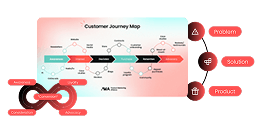
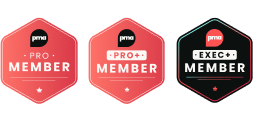


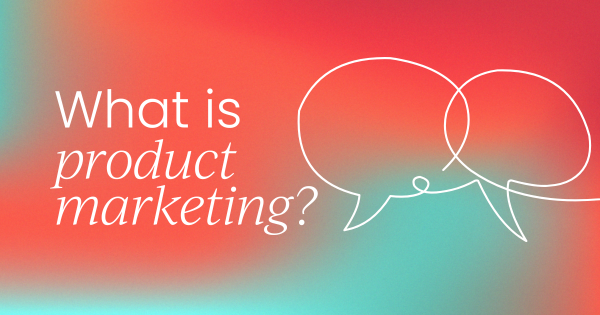
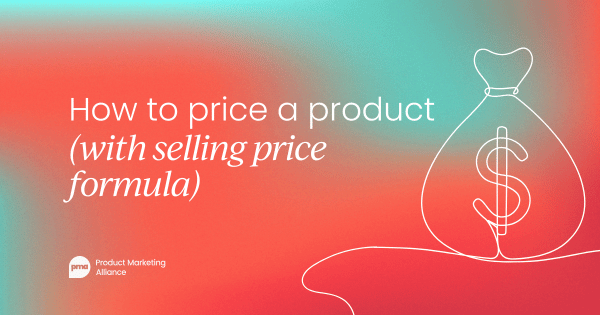
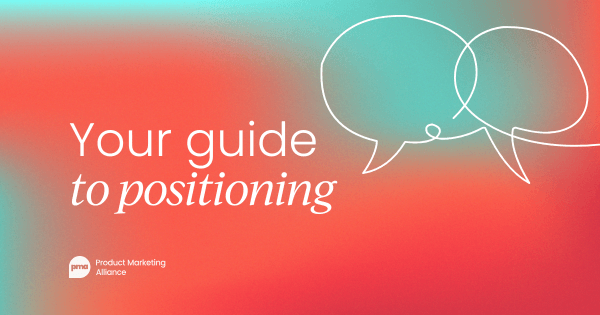
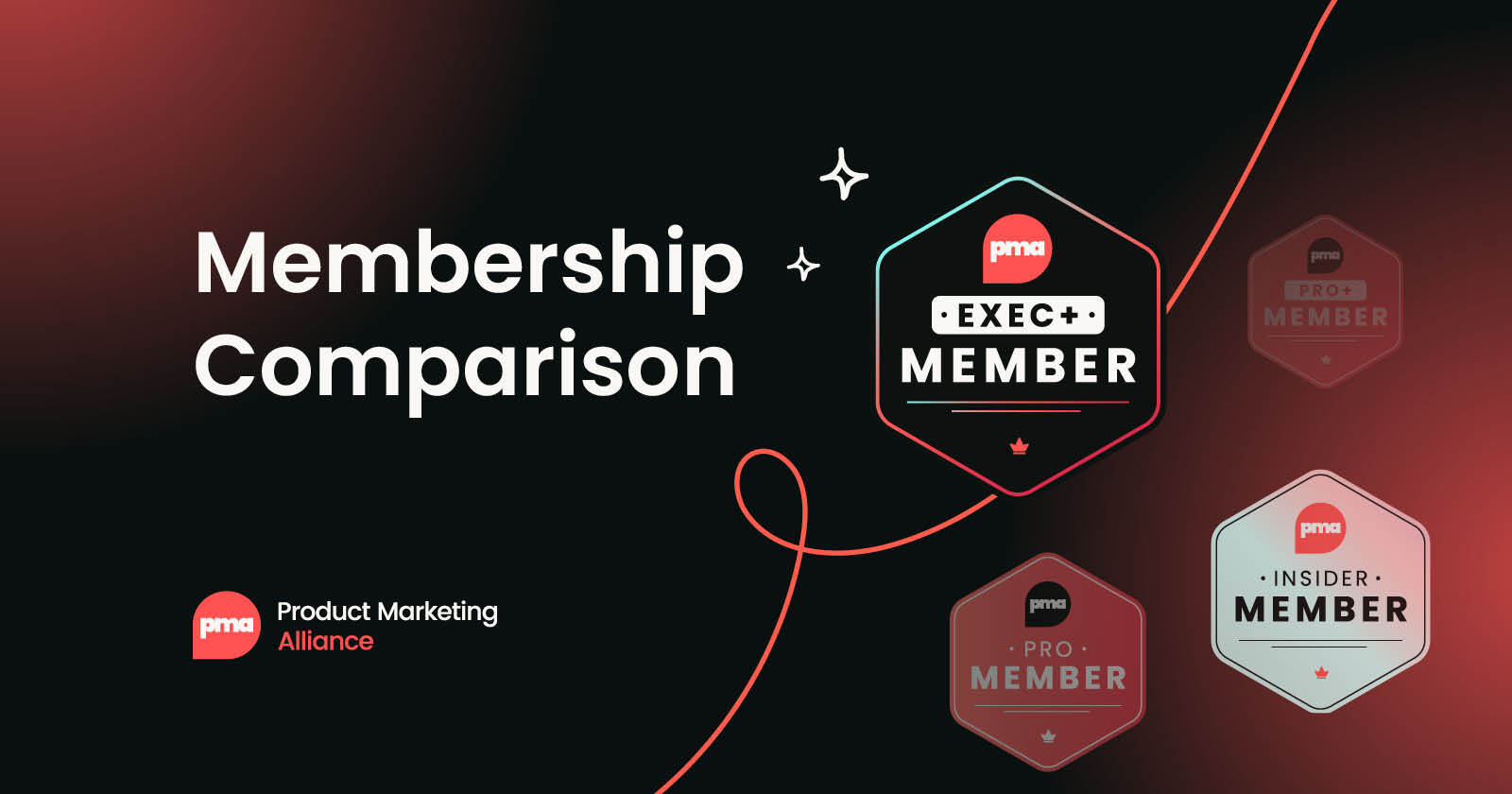
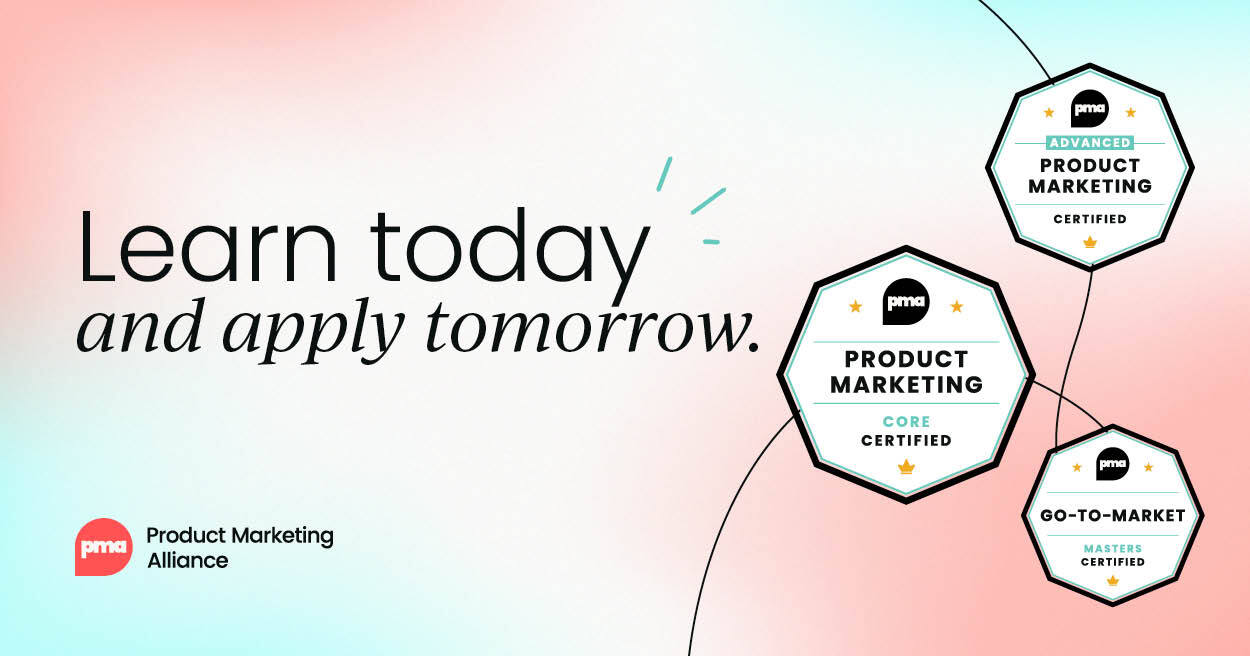
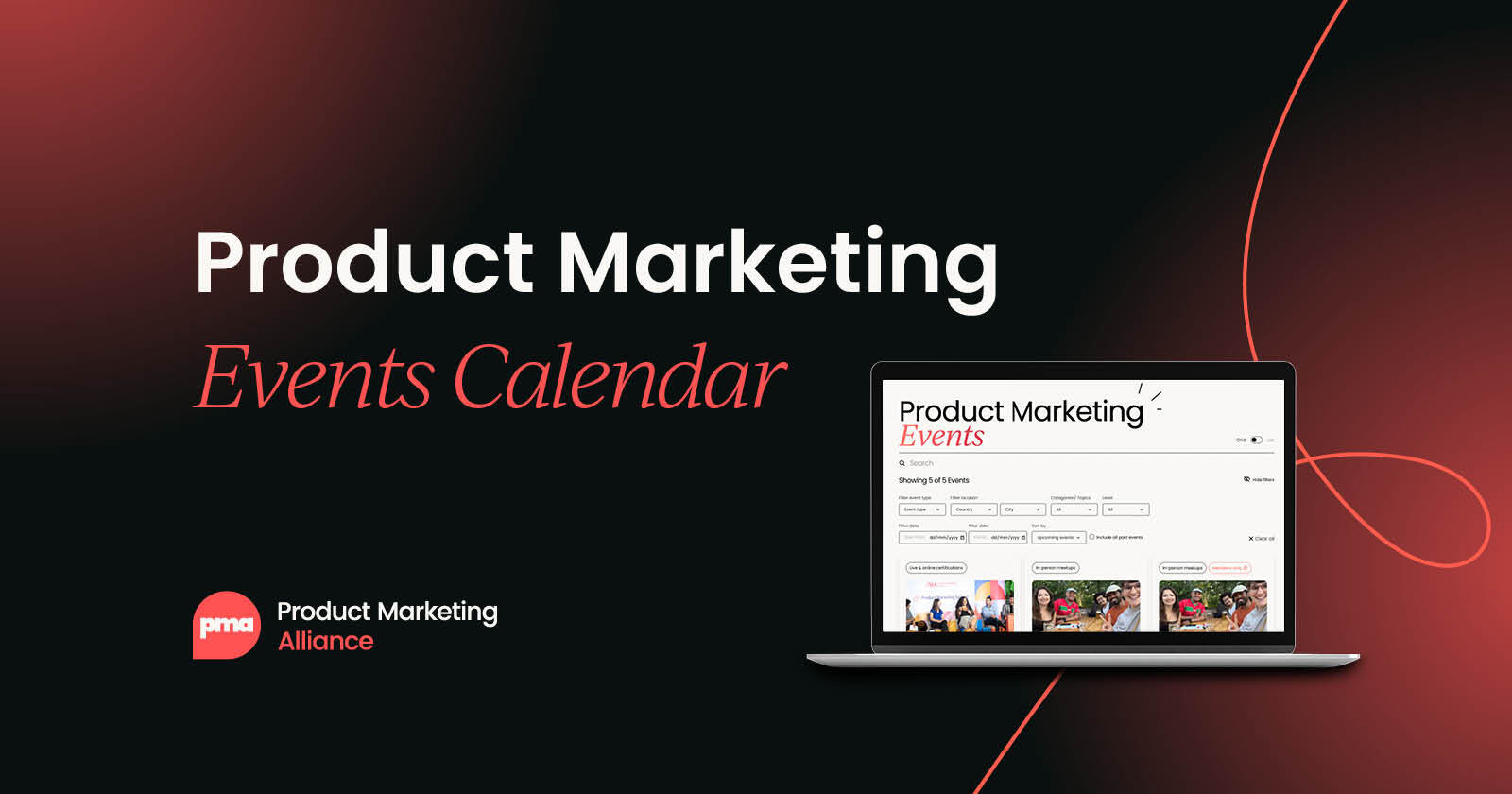
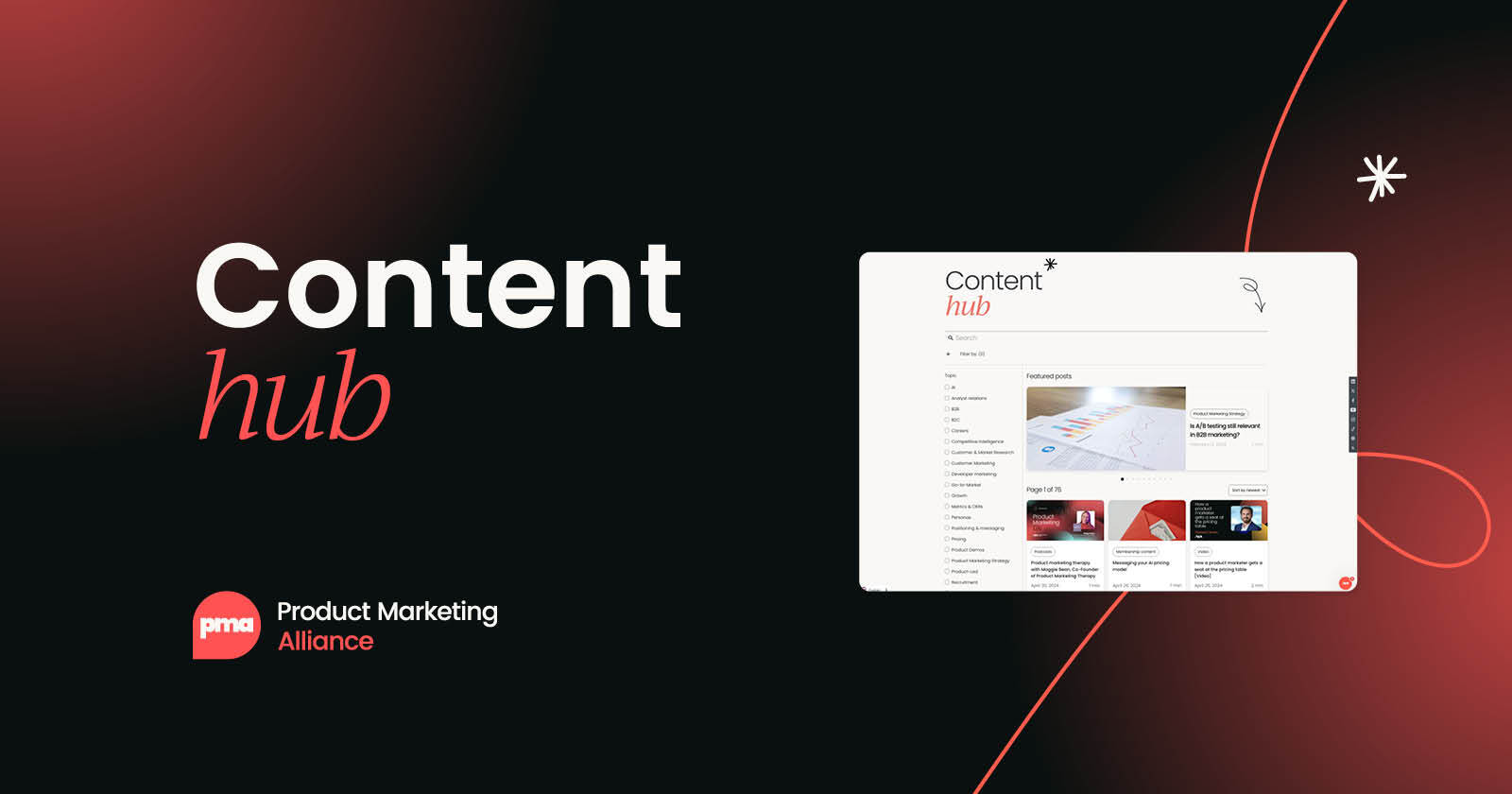

 Follow us on LinkedIn
Follow us on LinkedIn



.svg?v=8154f0fdee)